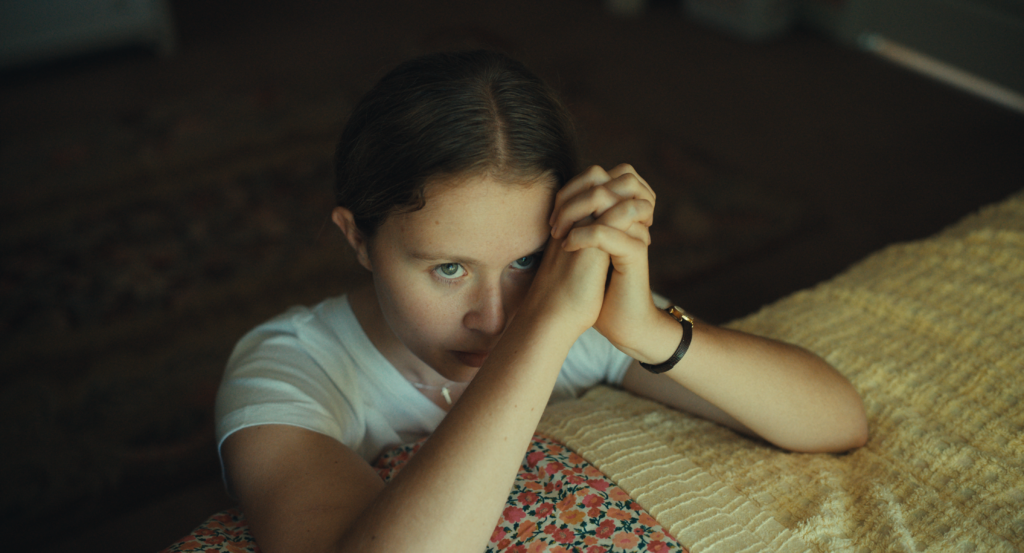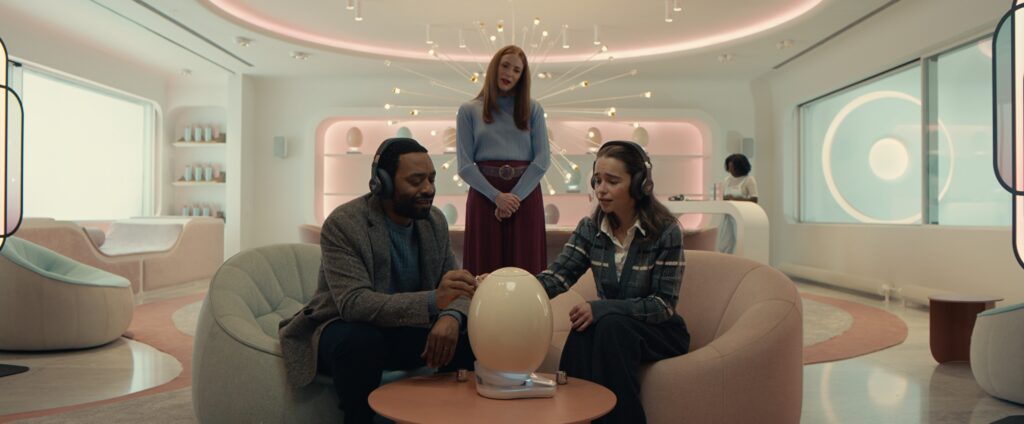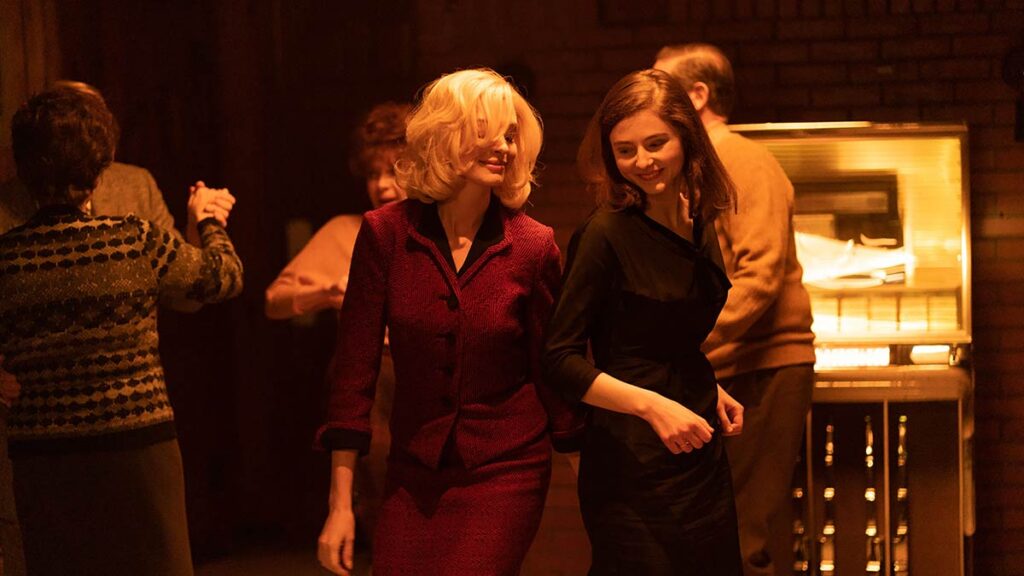Ana Asensio is an actress, writer, and director from Spain. “Most Beautiful Island” is her feature directorial debut. Asensio has also appeared in “Planta 25” and “Zenith.”
“Most Beautiful Island” will premiere at the 2017 SXSW Film Festival on March 12.
W&H: Describe the film for us in your own words.
AA: “Most Beautiful Island” is an intimate look at one day in the life of Luciana, a young woman from Spain who is trying to begin a new life in New York City. While taking on random illegal jobs in order to pay her rent, she is struggling with the guilt from a tragic accident that happened back in her native country.
On the day that the film chronicles, she gets offered to work at an exclusive party, for which she will get paid enough to get her through another month. What was not explained to her, however, were the details of this dangerous party.
W&H: What drew you to this story?
AA: I wanted to write a story that I felt — and feel — close to so that I could make the events and the emotions as authentic as possible. “Most Beautiful Island” was inspired by a combination of real experiences that I and other foreign females encountered in New York City when we first arrived.
W&H: What do you want people to think about when they are leaving the theater?
AA: That anyone in a vulnerable situation is more susceptible to make a wrong decision and, therefore, to end up quite possibly in the wrong place.
W&H: What was the biggest challenge in making the film?
AA: Being my first film, everything was a huge challenge for me — writing the script, convincing producers, pushing my vision, directing the actors, and acting myself in the film. However, the most challenging aspect looking back was having to make important decisions on the spot when things didn’t go precisely the way I expected.
W&H: How did you get your film funded? Share some insights into how you got the film made.
AA: The film was funded by private investors. Finding these investors took me a very long time, and I knocked on many doors. However, I knew that in order to preserve my vision of the film, this project needed to be financed by people who believed in me and who would be willing to allow me creative freedom.
W&H: What does it mean for you to have your film play at SXSW?
AA: It’s a huge and welcome recognition of the film and an honor to me.
W&H: What’s the best and worst advice you’ve received?
AA: Best advice: “You can shoot your movie any way you want.”
Worst advice: “You can’t shoot it this way!”
W&H: What advice do you have for other female directors?
AA: We have to keep proving that we can do the same as male directors, just by doing it! Sometimes I think that there is this notion that we females are more vulnerable physically and emotionally than males, and therefore a position such as director, a role which requires being in command, is often questioned when there is a woman carrying it out.
Therefore, we simply need to keep proving we can do this job just as well as the males. In my particular case, I was four months pregnant shooting part of the film, but that did not slow the flow of the shoot, nor was I treated in a special way.
W&H: Name your favorite woman-directed film and why.
AA: “Fish Tank” by Andrea Arnold. The story is raw and honest, the film is wonderfully shot in a manner that serves both the story and the performances, and the film features an amazing ending scene.
W&H: There have been significant conversations over the last couple of years about increasing the amount of opportunities for women directors yet the numbers have not increased. Are you optimistic about the possibilities for change? Share any thoughts you might have on this topic.
AA: Things are changing for sure. When I was a young girl I don’t think I could have mentioned one female director if someone would have asked me to! Also, when I started as actor, I would see that crew members were 95 percent male; females appeared only in the hair and make-up departments.
But more and more there are now numerous female producers, cinematographers, camera operators, directors, set designers, editors, etc. I am optimistic about the future, and I also think that when teams are heterogeneous, the work is always better.







